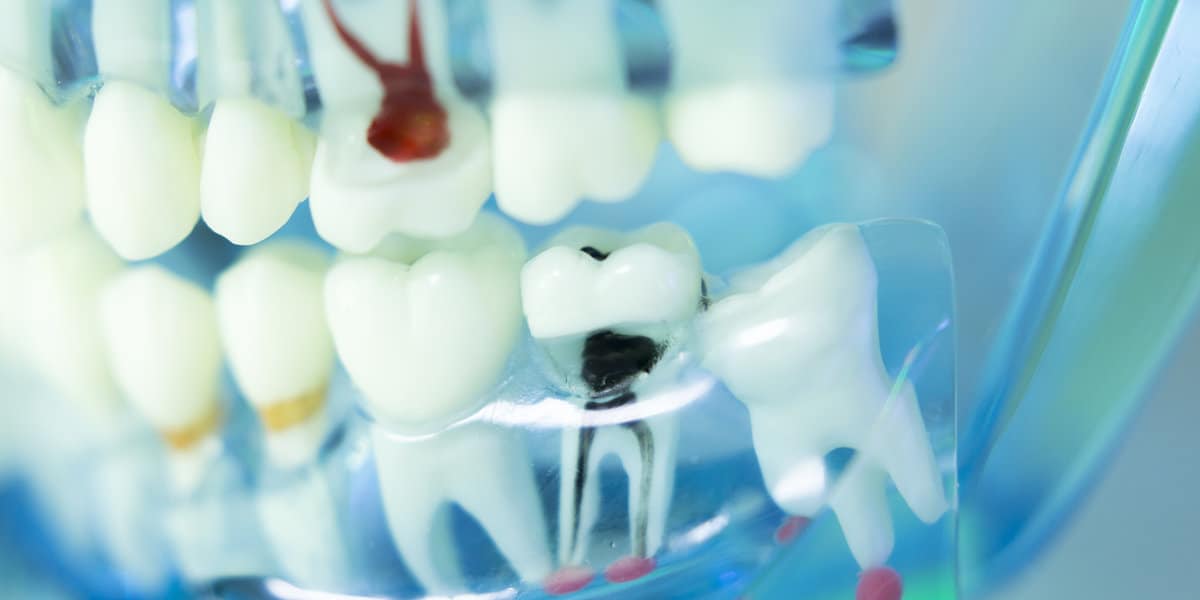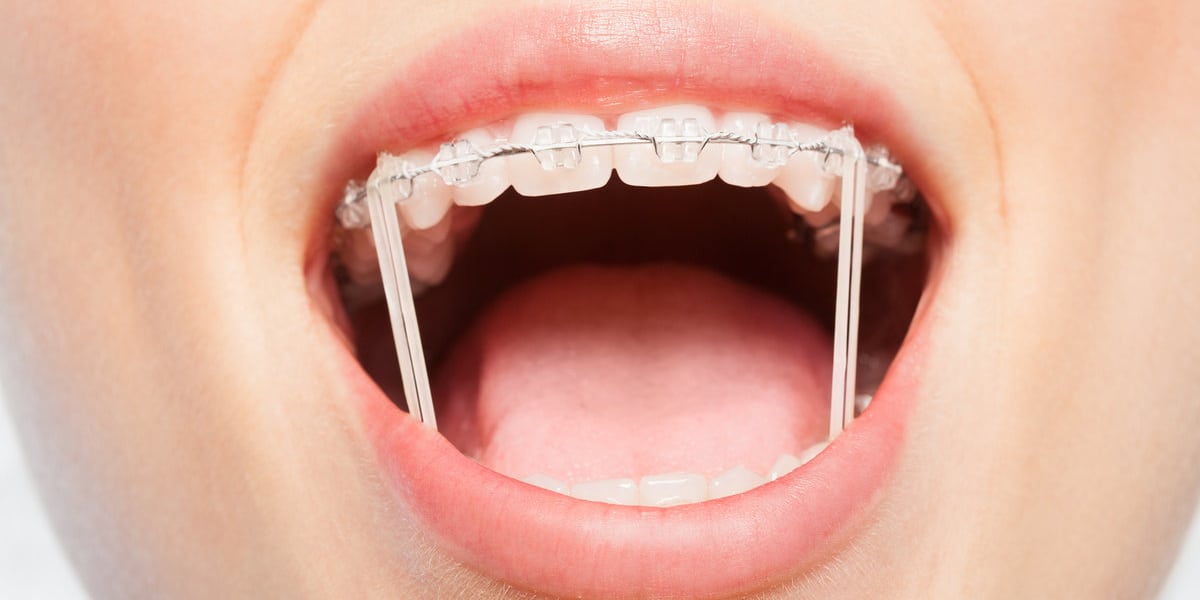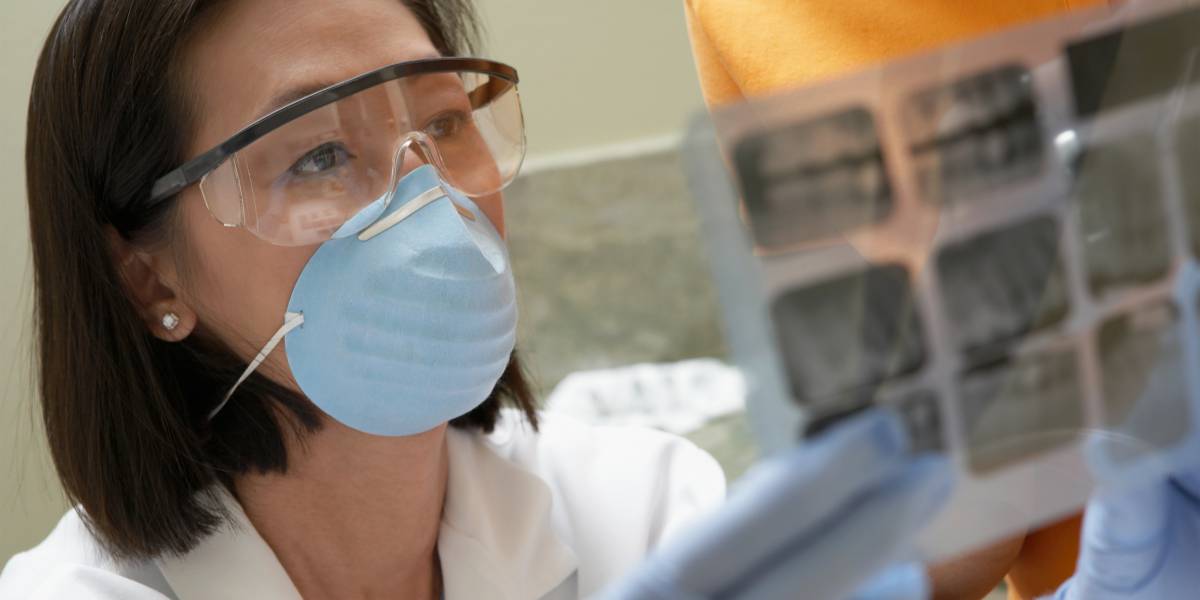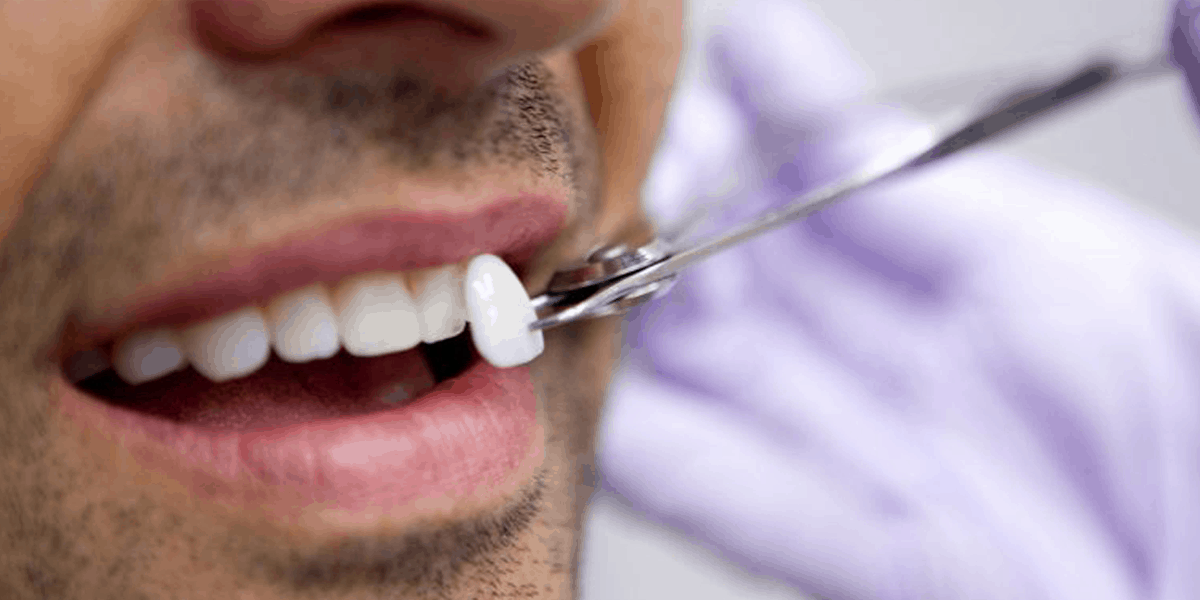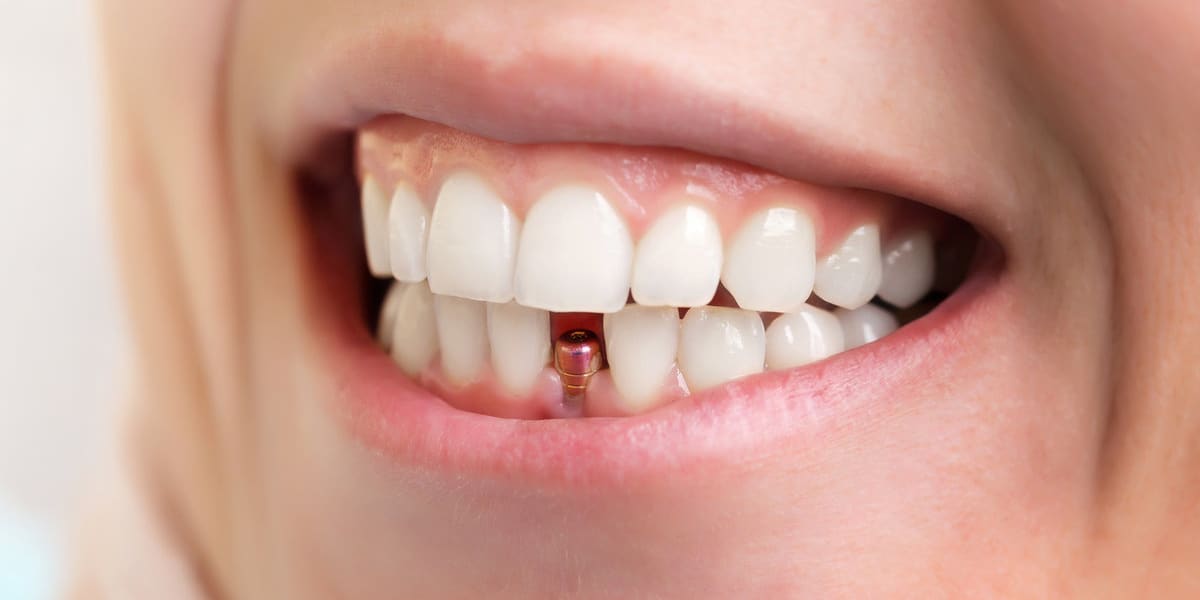
Many patients now opt for a fixed restoration such as dental implants to replace their missing teeth. These are dental screws placed into the patient’s jaw bone to act as the tooth’s artificial roots. After several months from the surgery, the implant fuses with the natural jawbone and makes a stable base for the artificial tooth.
The dental implant procedure is done via surgery and so patients are given stern post-care instructions to avoid complications. Furthermore, it’s vital to know what you can expect after the implant surgery.
What to expect after placement of dental implants?
Bleeding
After the surgical procedure of placing dental implants, bleeding is expected especially within 24 hours. However, you need to manage it by placing a gauze pad and apply pressure on the area. Blood clot starts to form when you’re able to control the bleeding.
Swelling
Another thing you can expect after the dental implant procedure is having swollen gums or cheek near the surgical site. Apply an ice pack on the swelling area to help you manage the pain while minimizing it.
Take medication
While you’re doing a good job at controlling the bleeding and swelling, taking medication will also speed up your recovery. Antibiotics and painkillers come in handy to help you get by, especially after the local anesthesia wears off.
Switch to a soft diet
Be easy on your teeth and gums by chewing on soft food within a week. Porridge, mashed potato, pasta, yogurt, and pancakes can be part of your meal plan while you’re still recovering from the tooth implant surgery.
Maintain excellent oral hygiene
Caring for dental implants is like caring for your natural teeth. Hence, you still need to maintain great oral care regimen to avoid bacterial infection and complications. Also, never miss your regular dental check-up with your dentist every year so he can help you keep a healthy mouth.
Minimal physical activity only
Please make sure to limit your physical activity and movement within the week after the dental implant procedure. As you know, more physical activity leads to increased blood circulation. This may disrupt blood clot formation and may lead to excessive bleeding which delays the healing process. Give yourself a good amount of rest so you can completely recover from the surgery. Lastly, remember to ask for approval from your dentist first before you go back to the gym or participate in active sports.
Are you still worried about going for a dental implant procedure in Markham, Ontario? Talk to your dentist about it. He will assure that everything will be fine when you abide by his stern post-care instructions.


